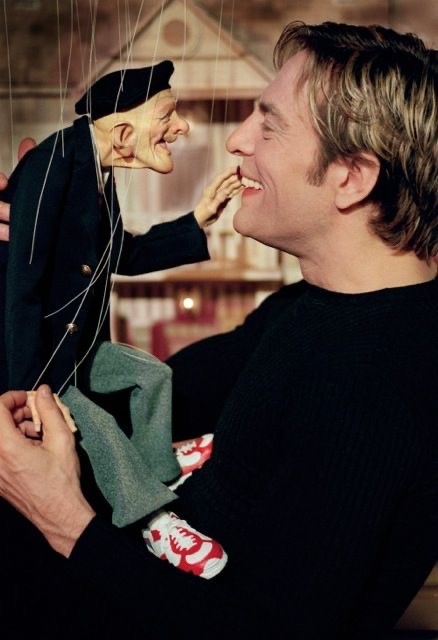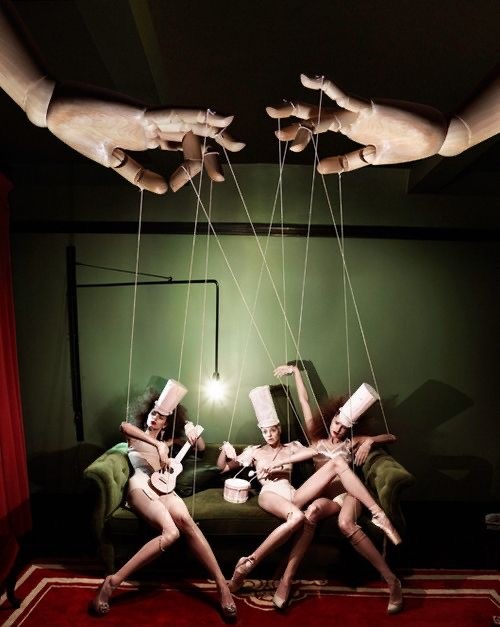Puppetry has enthralled audiences globally for centuries, transcending cultural boundaries and appealing to multiple generations. It’s an artistic expression with a distinctive enchantment, capable of infusing vitality into lifeless objects and narrating tales that resonate with both the youth and the elderly.
Puppetry doesn’t attempt to conceal its role as a storytelling method. Instead, puppeteers encourage you to actively engage with the medium. This level of transparency grants puppetry more potency than techniques that seek to deceive the audience. An audience capable of recognising the illusion, an informed audience, is best equipped to transcend the fourth wall and immerse themselves in an imaginary world crafted by storytellers.

Puppetry’s rich history is a fusion of many different civilisations and traditions. The use of puppets in religious rites, entertainment, and instructional settings may be traced back to ancient civilisations including Egypt, Greece, and China. During the Renaissance era in the United Kingdom, puppetry won the hearts of both adults and children. Punch and Judy puppet shows continue to be a beloved British tradition because to its loud humour and classic characters.
Puppetry is fundamentally the practise of giving life to inanimate objects. Puppeteers develop a mastery of complex skills that allow them to control puppets and give them personality through expressive gestures, voice modulation, and movement. Whether it’s a marionette dancing gracefully on a string, a hand puppet exchanging funny lines, or a shadow puppet casting intriguing shapes, the puppeteer’s skill is the thread that weaves this magical story.
Puppetry goes beyond the stage of a play. Puppets are a wonderful tool for teaching and communication in educational settings. Puppets are especially appealing to kids, and teachers frequently use them to explain difficult concepts and moral values. The puppet fills the role of a relatable middleman, bridging the gap between young minds and abstract notions.

Puppets give characters life in the world of storytelling, making stories more engrossing and memorable. Puppetry adds complexity to classic stories like Although modern puppetry has embraced technological advancement, classic puppetry techniques still have a particular place. The boundaries of this art form have been expanded by animatronics and computer puppets. Innovations like the blending of robotics and CGI have animated puppets in previously unimaginable ways.
Puppetry’s ability to capture an audience’s imagination is what makes it so alluring. When we watch puppets, we voluntarily suspend our disbelief and accept the notion that these dead things have independent thoughts, feelings, and lives of their own. This suspension of disbelief highlights our inborn capacity for empathy and narrative as well as the allure of puppetry.

Puppetry offers a welcome diversion in a society that is frequently consumed by screens and electronic entertainment. It invites us to engage with physical, hands-on artwork and establish relationships with the creators. In secret, puppeteers devote their lives to their work, using their talent to elicit gasps of amazement, tears, and laughter.
The allure of imparting life to inanimate objects is captured in puppetry, an enduring genre of art. While being deeply rooted in tradition and having a long history, it embraces technology while constantly adhering to its core values. This art form continuously fascinates and engages both hearts and minds, from the traditional Punch and Judy performances of the past to the cutting-edge digital puppetry of the present.
Sources
- https://www.primroseschools.com/blog/the-power-of-puppet-play-in-child-development/#:~:text=Puppets%20help%20children%20understand%20and,those%20learning%20English%2C%20Shaheen%20says.
- http://ccrtindia.gov.in/activities/training-programmes/workshops/role-of-puppetry-ineducation/#:~:text=Puppetry%20imbibes%20elements%20of%20all,about%20Indian%20myths%20and%20legends.
- https://puppetnerd.com/whypuppets/#:~:text=Puppetry%20doesn’t%20seek%20to,that%20%E2%80%9Ctrick%E2%80%9D%20the%20audience.




